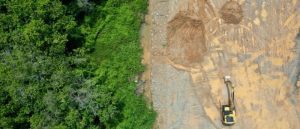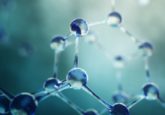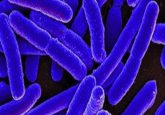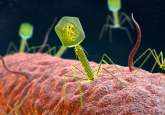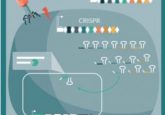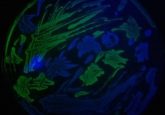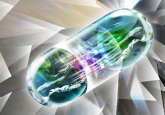Prehistoric amber: the answer to the antibiotic resistance crisis?

Compounds found in Baltic amber could have critical implications for the development of antibiotic-resistant medication.
A recent study from researchers at the University of Minnesota (MN, USA), presented at a meeting of the American Chemical Society (5—30 April 2021) has isolated a series of compounds from amber with biologically active properties, including antibiotic effects. The findings could have implications for the development of new antibiotics to treat the antibiotic-resistant bacteria responsible for 35,000 deaths annually in the USA.
The Baltic sea region contains the greatest deposit of amber in the world. Sap secreted from the now extinct Sciadopityaceae conifer tree family 44 billion years ago fossilized to form the deposit, which has since influenced the humans living near the resource. The nations that developed around the Baltic sea have incorporated the natural reserves of amber into their medicines and culture. Babies are provided with amber necklaces to chew – reportedly alleviating teething pains – while ointments containing crushed amber are used to treat infections and inflammation.
On a trip to visit her family in Lithuania, lead author of the study Elizabeth Ambrose collected samples of the Baltic amber, inspired in part by its purported medicinal properties in her family’s culture and by her existing understanding of the material. “We knew from previous research that there were substances in Baltic amber that might lead to new antibiotics, but they had not been systematically explored,” stated Ambrose.
Deforestation increases antibiotic resistance in the soil microbiome
DNA sequencing has been used to determine the impact of deforestation on the level of antibiotic resistance in soil microbes. The study shows a dramatic increase in genetic markers for antibiotic-resistant soil microbes.
Taking both the samples from Lithuania and commercially available Baltic amber samples, Ambrose and her team ground each sample into a fine, homogenous powder using a tabletop rolling mill. This powder was then filtered and concentrated using a combination of solvents and separation techniques to extract the compounds contained. Gas chromatography-mass spectrometry (GC-MS) was used to analyze the compounds.
Three compounds of particular interest were identified from the powder – abietic acid, dehydroabietic acid and palustric acid – with documented biological properties. Pure samples of these compounds were purchased and sent for testing against nine different bacterial species.
Discussing the results Connor McDermott, a graduate student working on the study, revealed that “the most important finding is that these compounds are active against gram-positive bacteria, such as certain Staphylococcus aureus strains, but not gram-negative bacteria,” implying that microbe membrane structure is crucial to the action of the compounds.
Ambrose is keen to take these findings and use them to produce new antibiotics, effective against antibiotic resistant bacteria. “Abietic acids and their derivatives are potentially an untapped source of new medicines, especially for treating infections caused by gram-positive bacteria, which are increasingly becoming resistant to known antibiotics.”
